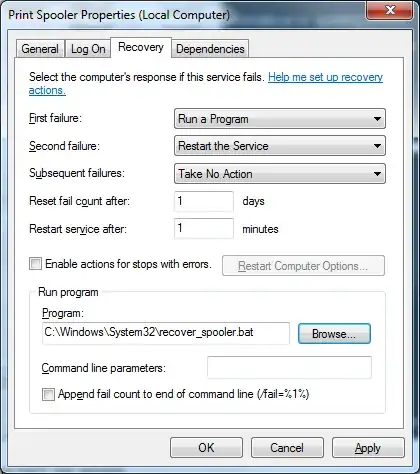I have noticed that when a printer or driver screws up on a Windows server it usually locks up or kills the print spooler and everyone can't print until it is fixed. Usually we have to put the troublesome printer on another server so when it fails, it doesn't take the whole group with it. That is assuming we ever figure out which printer is the problem.
Is there a way to have it so that one bad apple doesn't ruin the bunch? Even if it is another form of printer serving, that would work as long as it's not hard for the user to find a printer and install drivers.
